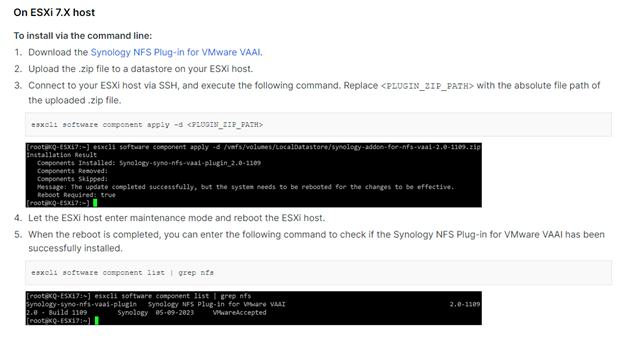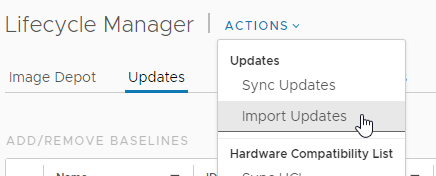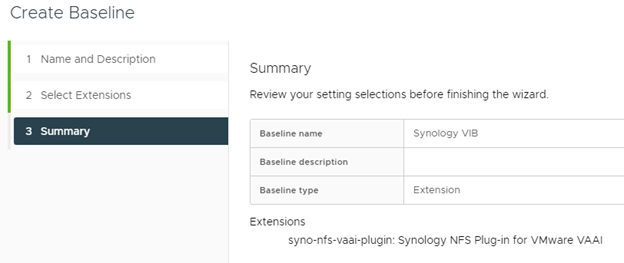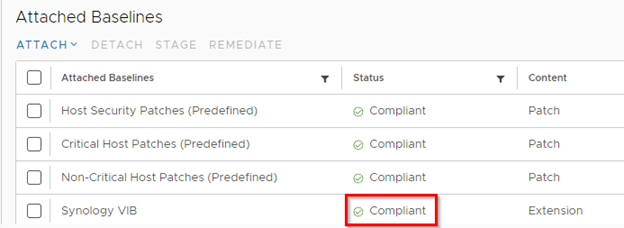Sometimes with VMware solutions, you need to install a custom vSphere Installation Bundle (VIB). There are VIBs for Nvidia GPUs, storage VIBs, and many others. In this post, let’s talk about how you can use Lifecycle Manager to install VIBs, rather than messing around with the Command Line as most of the instructions would have you do.
What is a VIB?
A VIB is a package containing software that you can install on a VMware ESXi host. It is typically a ZIP file containing the kernel modules, scripts, and other files that are used to run or support software on an ESXi host. You normally acquire the VIBs directly from the vendor site, although VMware will sometimes host them for popular add-ons.
In my case, I wanted to install a Synology VIB to compliment the Synology DS920+ NAS that I am using in my lab for vSphere and Docker. This VIB will provide enhanced functionality related to VAAI and the NFS shares I present to the ESXi hosts for datastores.
Synology VIB
For Synology, I headed over to the Synology support site and downloaded the appropriate VIB. On the Download page, you can see the links to download but also the Command Line instructions to install the VIB on each ESXi host.

Although perfectly fine, I am going to install the VIB via the Lifecycle Manager in VMware. If you had tens or hundreds of hosts, manually installing the VIB via command line would get tedious. Lifecycle Manager is meant for this type of scalable deployment. The other advantage to using Lifecycle Manager is it is very easy to see what VIBs have been installed on what hosts via the compliance checker.
The process is super simple to do as well.
Installation Process
Download the VIB package and head over to the Lifecycle Manager page in vCenter. Select Updates and Import Updates.

Point the wizard to your downloaded ZIP file and upload it to the package depot.
Once completed, you will need to create a baseline for the hosts to leverage the new enhancement.

I typically do this on the Cluster Level, but anywhere is fine as the baselines will flow down through your organizational structure.
When you are selecting the extension (VIB), you may have to use the filter to find the specific one you uploaded among the few hundred that are available via VMware and other major vendors.

Once the baseline is created and attached, you can then select it and remediate your ESXi hosts. After a quick scan of the environment, the baseline should show as non-compliant and allow you to stage and remediate.

Just like any typical ESXi patching process, vSphere will leverage DRS to migrate VMs off the host, install the VIB, and then process a reboot to complete the install.

Once the host has restarted, the attached baseline should show as Compliant.

Although, there is nothing wrong with the CLI, and I am sure many of you maybe prefer it, I love deploying VIBs via VUM and now Lifecycle Manager. It’s a great way to keep your environment consistent and easily auditable via vCenter.
Happy Installing!
Carlo